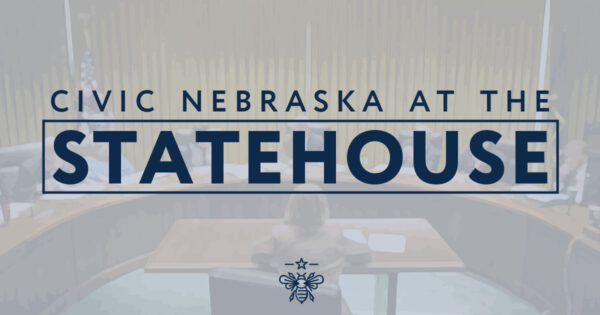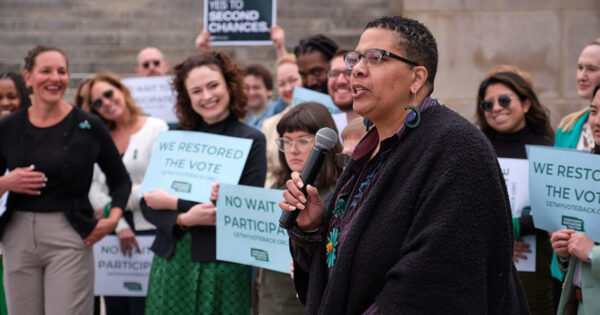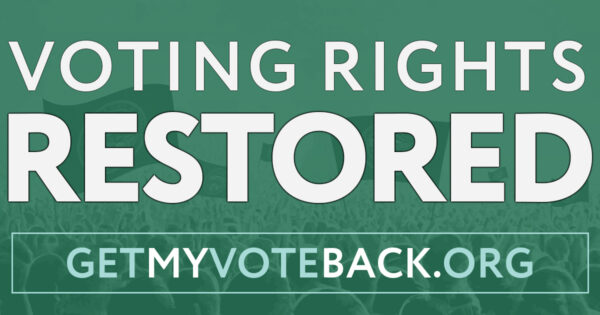Primaries are funny things. In many cases, a preferred candidate can receive the second-highest number of primary votes but, if they’re in the same party as the winner, they will not advance to the general election.
So to millions of voters around the United States, the “real” election is in the primary while the general election featuring one candidate from each major party is often a blowout. So why care about voting?

Westin Miller, our director of public policy, tackles this issue head-on in an April 25 guest op-ed in the Omaha World-Herald. In it, he cites a new report by the Unite America Institute that found 83 percent of congressional districts are so deeply “blue” or “red” that the general election is simply a required ritual, not an actual decision-making event.
Combined with the consistently dismal primary turnout, this means that in 2020 fewer than 10 percent of eligible American voters decided the winners of 83 percent of congressional seats.
That helps us understand how a Congress with 20 percent approval gets 95 percent of its members reelected: Partisan primaries make representatives more beholden to their parties’ extremes – because those are the people who vote in primaries.
Read Westin’s full World-Herald op-ed.




